My yard needs some work. I really want to do more landscaping in both the front and the back yard so I thought I would solicit some landscaping design tips from the experts and share them with others who want to know just how to spruce your landscaping! Several experts have shared their design expertise covering all sorts of landscaping design tips from landscaping design for shady areas to Feng Shui landscaping design. I hope you learn a lot, get outside and make it happen!
Before we begin let me briefly answer- “What Is Landscape Design?”
Landscape design is simply the art of modifying one’s yard or outdoor space in a controlled fashion to produce specific results- most often visually and functionally appealing front yards, back yards, and garden spaces. You can do this process yourself or hire an expert. The duties of a professional landscape designer include creating aesthetically pleasing and functional outdoor spaces by selecting plants, materials, and layouts that align with clients’ preferences and environmental considerations. They also prepare detailed plans, oversee project execution, and ensure designs meet budget and maintenance requirements.
I have sourced a round up of backyard landscape design ideas from several experts. There are really endless ideas like creating a focal point fire pit and outdoor kitchen or those more focused on the best plants and garden design. From the front of the house to backyard landscaping, landscape architects work to provide ideas that balance visual appeal and comfortable seating so you can enjoy the space. I hope these ideas for landscape design provide you with some inspiration for your own space.
Landscaping Design Tips for Shady Areas
From Noreen Kelley Riordan of Summit Tree and Landscape, Inc
Many of the shade plants are among the most beautiful there are and offer such great colors and textures. I prefer to plant in groups of threes or fives for maximum impact and try to include plants that offer year-round interest. Boulders are almost always part of my landscaping plan. They make the garden look established even in the first season and are beautiful in winter. Also great for winter are trees with exfoliating or colorful bark, such as Paperbark maple or Kousa dogwood.
My favorite part of landscape design is choosing great plant combinations, especially for shady areas. Some great shade plants for spring include Jack Frost burnnera and pulmonaria. Japanese painted ferns and coralbells offer summer silvers and purples. Finishing the season in fall are cimcifuga Hillside Black Beauty, and aruncus which have tall, billowy flowers that catch the late afternoon sun. These plants are also very low-maintenance; just water, keep weed-free and enjoy!
Eco-Friendly Landscaping Design Tips
From Paula Eger, Grounds Manager of The Houstonian Hotel, Club & Spa
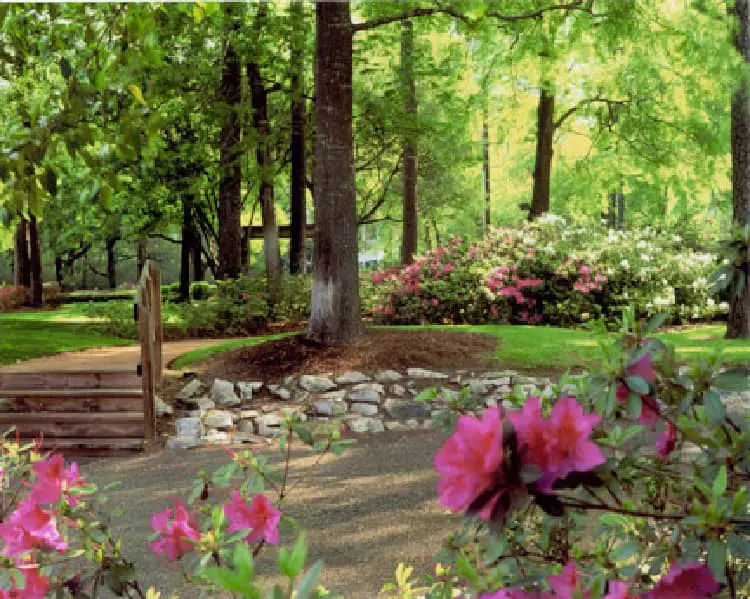
Create an Eco-Friendly Landscape
Select desirable Native plants for your Climate. (Don’t ask a plant to do something it’s genetically not designed to do.)
Add Organic Matter whenever possible. (Mulch/Compost all bare areas and regularly add to all beds.)
Use Drip Irrigation to Conserve Water
Create Focal Points that Attract Wildlife
- A Bird Feeder
- A Water Source (Bird Bath, Recirculating Fountain)
Practice Good Stewardship by using Products you probably already have on hand
- Coffee Grounds for acid loving plants like Roses and Azaleas
- Ground Eggshell to deter Slugs, Snails and Ants
- Vinegar as a Non-selective Herbicide
- Epsom Salts in the Spring for Roses
- Cornmeal on your Lawn acts as a Fungicide, Herbicide and enhances Fertility
Tips for Sprucing Up Your Landscaping Design
From Randy Meert of The Edge Revolution
Are you considering sprucing up your landscaping? A simple word of advice…listen to your surroundings!
1-Take a walk through your neighborhood and make a note of the plants that are thriving. If they are appealing to you make a note and include them in your plan.
2-Take a walk during the different seasons and make note of outstanding characteristics that capture your attention. Watch for spring flowering plants, colorful fruits, summer flowering plants, interesting bark, colorful leaves, fall blooming plants, fall color, and finally interesting branching on deciduous plants during the winter months. Including plants with different seasonal interest will make your landscape a conversation piece for years to come.
3-Take a walk through a local arboreatum and look for interesting specimens that may not be in the average local landscape. You may be the first person in your area to add a spectacular new variety into the landscape! Enjoy the great outdoors and experience all the natural beauty it has to offer.
Landscaping Design Tips for Gardening
From Joel Lumsden of Gardens Galore Landscape Gardeners, Scotland, UK
Spring is finally here so you can really enjoy sculpting a fabulous ‘grow your own’ garden.
Raised garden beds and trellis: Sleep plant beds with connecting paths allow for easy access to your entire crop. You can use timber, stone or brick to suit your space. Trellising can help to hide or design the views down your organic edible garden.
Water, water everywhere: Obvious, but make sure you keep on top of watering your plants. Especially tomatoes – these are a delicate fruit and irregular watering can cause them to split and rot.
Get ready for next time: Even when your current crops are over, don’t abandon the ground. Fork over the soil and sprinkle with organic fertilizer so the ground is prepped and ready to go for when you’re next planting.
Feng Shui Landscaping Design Tips
From Shelley Sparks of Harmony Gardens
Using the ancient Chinese tradition of Feng Shui with your landscape design, can not only bring you beauty but also good fortune. Once you have decided to spruce up your landscape, it is critical that you approach it objectively so that you can actually see what might benefit from change.
Good energy enters your property through the same walkways that you use so it is important to keep them clear and free of plants that will obscure or hinder your path. It is important to insure that you trim, cut back, or remove plants that have become so overgrown that they are blocking the entry to the house or the walkway to the entry of the house.
It is also important to remove any dead trees or shrubs. There is nothing that causes the luck and look of the property to decrease more than dead or dying plants. It is important to always surround yourself with vital and vigorous plants.
Adding a water feature, particularly near the entry, can enhance good luck particularly in the areas or harmony and prosperity. Water in the Chinese vernacular represents money and so adding fountains, bird baths, and other water features can bring you good fortune and it does a lot to add interest and beauty to your landscape design as well.
Functional Landscaping Design Tips
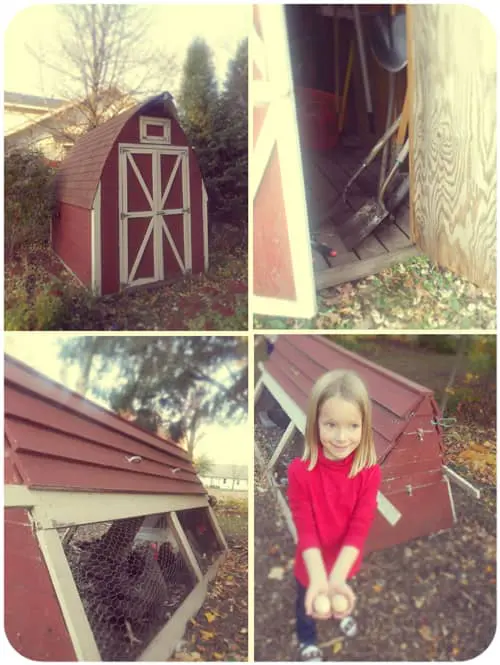
From Lisa Orgler of Topiary & Tiramisu
As we create the beautiful gardens surrounding our homes we’re often compelled to either hide or ignore the functional aspects of the landscape. Things such as sheds, coiling hoses, compost bins, and vegetable gardens are often relegated to the far back or simply plopped in uncelebratory locations.
What would happen if the vegetable garden surrounded your patio and was paired with beautiful annual cut flowers, rather than be tucked off to the side yard?
Or perhaps your compost bin is constructed out of beautiful willow twigs or a mid-century modern motif of luscious wood, then strategically placed as a lovely edge to your herb garden?
Can your hose be coiled onto a vintage garden hook attached to a wall, then outlined with a classic frame behind it? Or placed into a low, but wide, fancy flower pot tucked into the flower bed?
Or take an ordinary shed, add charming details then paint it in a bright color. Placing this on an important garden axis now leads visitors into the garden and gives this functional structure additional purpose beyond storage of tools.
Landscaping For Energy Conservation
There are lots of green home improvements that each of us can make to conserve energy and save money. One green home improvement project that often gets overlooked is to planting to conserve energy. Landscaping can actually have a huge impact on your home energy bills. Whether you live in a hot area or a cold area, there are plantings that can help you conserve energy. There are two types of landscaping that have been proven to conserve energy.
Planting shade trees is a simple but effective way to conserve energy. The U.S. Department of Energy states that, “carefully positioned trees can save up to 25% of a typical household’s energy used for heating and cooling…just three trees, properly places around the house, can save an average household between $100 and $250 in heating and cooling energy costs annually.” Shade trees block the home’s exposure to the sun and reduce heat build up in the house. You can plant deciduous trees on the south and west sides of your home to conserve energy. In addition, because they lose their leaves in the fall, you are able to get the benefit of sunlight to warm your house when the temperatures start dropping. Plant trees that are native to your area and consider growth rate, spread of the branches, and expected height of the tree.
In cooler climates, planting windbreaks is another effective way to conserve energy. Windbreaks reduce loss of heat through air infiltration. Planting a line of evergreen tees or shrubs on the north and west sides of your house will help deflect winds from your house and according to the Arbor Day Foundation help save on your heating costs up to 30%. Windbreaks also have the added benefit of blocking unsightly views and adding privacy. When selecting which conifer trees or shrubs to plant, consider your desired height for the windbreak. Your windbreak plants should be planted about the same distance away from the house as the height they will grow. Planting to conserve energy is a great way to save money and energy while beautifying your property at the same time.
Conclusion
Incorporating thoughtful yard landscape design ideas can transform any outdoor space into a personal oasis that balances beauty, functionality, and sustainability. Whether focusing on lush greenery, vibrant flower beds, or hardscaped features like patios and pathways, a well-designed yard enhances the overall appeal of your home while creating a serene space for relaxation and gatherings. By tailoring your design to your preferences, climate, and lifestyle needs, you can achieve a harmonious blend of natural and man-made elements that adds lasting value and joy to your property.
I hope you have enjoyed all of these landscape design idea and I thank these landscaping design experts for sharing them with us! What are your landscaping design challenges or projects that you are working on? Share your backyard landscape design ideas with us on social media @familyfocusblog!
Related Posts:
5 Benefits of Outdoor Solar Landscape Lighting

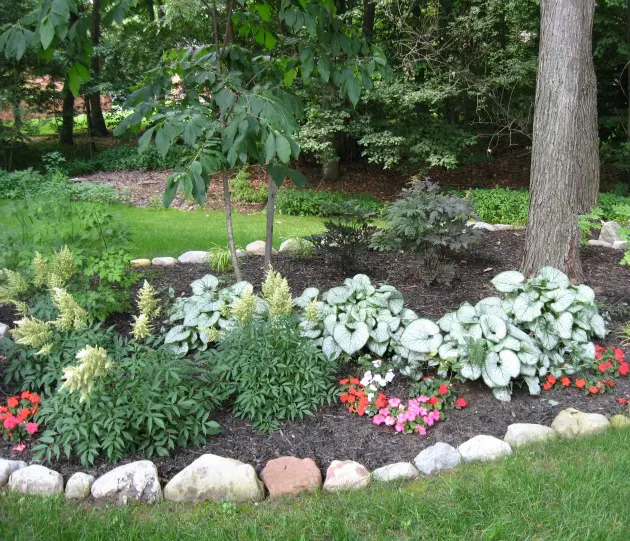
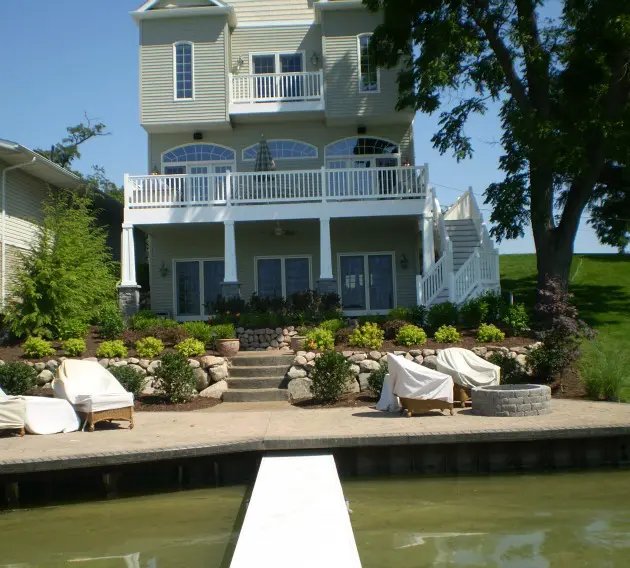
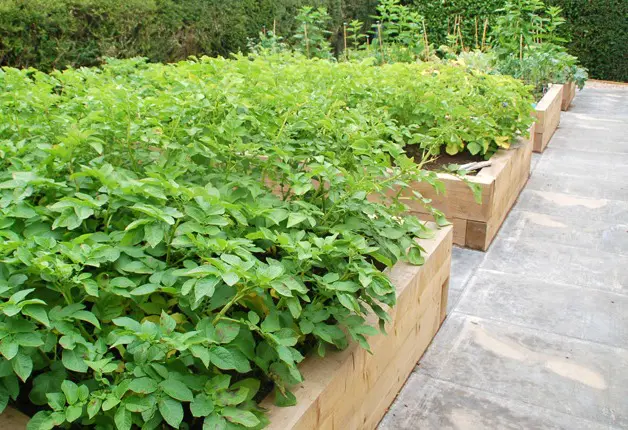
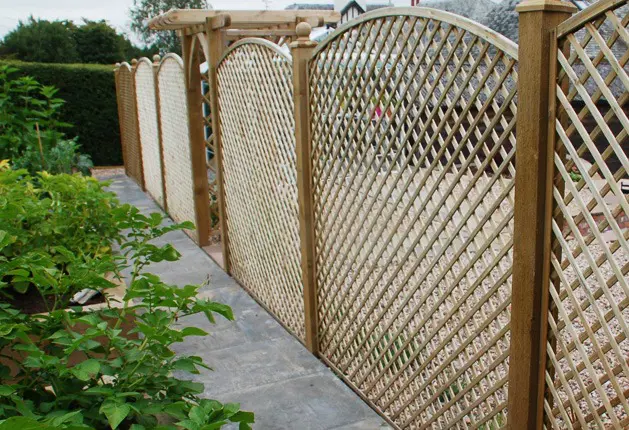

Emily says
Thanks for the garden landscaping ideas you have shared. Its really great I have learned a lot.
Rufina says
I like the beautiful outdoor space eco friendly design. I can’t wait to use these front yard landscaping ideas.
Jhane says
This natural surroundings design is lovely, wow! I can’t to implement some of these new landscape ideas.
Mid says
Landscape designing has indeed been rooted from different beliefs and cultural preference. Great results follow if you strike the balance between what you really want and what’s effective.
Amanda says
What beautiful landscaping and I love the “green” feel of it all. I’ve been meaning to do this more in our yard but just lack the time. Thanks for some kick start ideas.
Sarah Anderson says
Actually watering the plants that you used in your landscape design is important. Unless you are going for a dead look, your plants are all going to turn brown and die. Personally, I prefer my landscape to be green and pretty.